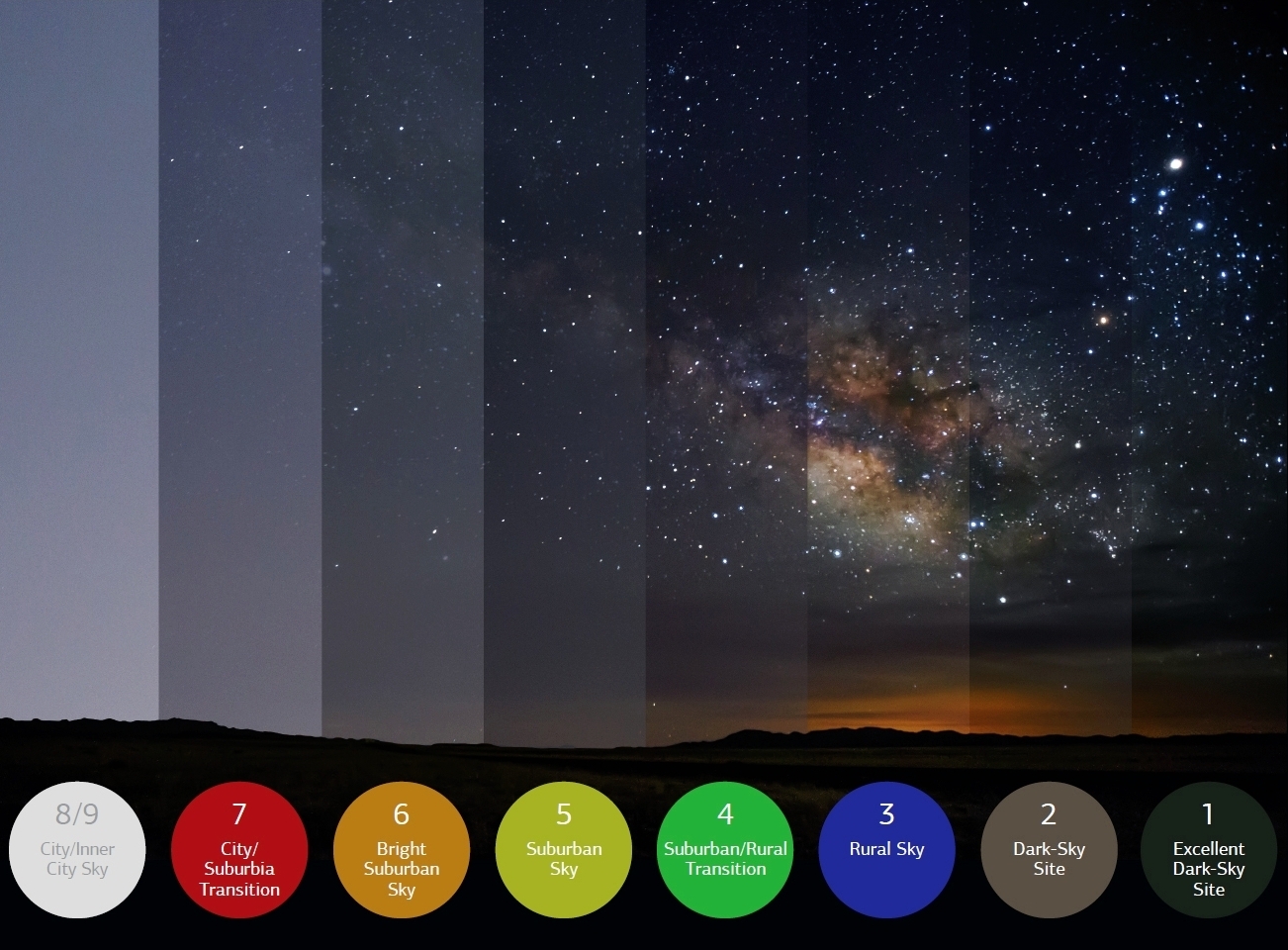LIGHT POLLUTION
Light Pollution, also known as Skyglow, may not appear to be the most urgent problem facing the planet, but it may be the most indicative of humanity's growing separation from nature. Light pollution impacts health of humans and animals, especially nocturnal wildlife, and disrupts ecosystems. It also leads to waste of large percentages of energy and the disruption of astronomical research, among a long list of impacts. Light pollution runs counter to necessity for a green, sustainable future.
However, this problem is one an average citizen can do something about, as Verlyn Klinkenborg states in his article on Light Pollution: "Of all the pollution we face, light pollution is perhaps the most easily remedied. Simple changes in lighting design and installation yield immediate changes in the amount of light spilled into the atmosphere and, often, immediate energy savings."
% OF HUMAN POPULATION IMPACTED BY LIGHT POLLUTION
IMPACT ON ANIMALS & PLANT LIFE
Fireflies, which used to cover most of lower North America during the months of May through July, are one of the animal species devastated by light pollution. Relying on complete darkness to perform their mating rituals, fireflies have retreated into the last remaining dark areas of their habitat, decreasing their overall population by as much as 90 percent, according to some estimates.
Birds that migrate or hunt at night navigate by moonlight and starlight. Artificial light can cause them to wander off course, migrate too early or too late, and miss Ideal climate conditions for nesting, foraging, and other behaviors. Every year, millions of birds die colliding with needlessly illuminated structures.
IMPACT ON HUMANS
Artificial light emanating from house lights, electronics, and other sources suppresses melatonin, an antioxidant that induces sleep, boosts the immune system, lowers cholesterol, and helps the functioning of the thyroid, pancreas, adrenal glands, and various other parts of the body. The full impact of nocturnal light on the health of human beings is not yet known as many studies are still to be conducted. Research to date suggests that artificial light’s disruption of circadian rhythm is one of the causes of obesity, depression, insomnia, diabetes, and breast cancer.
Even fish, such as salmon, are susceptible to having their mating processes disturbed by artificial light pollution. Sea turtles often mistake city lights for moonlight shimmering in the ocean.
Trees have been shown to bloom too early due to artificial light. Later-budding trees such as ash trees are most affected by light pollution, which in turn impacts all the animal life that depends on those trees’ natural bloom cycle.
These daylight-colored lights, radiate their light over much of the electromagnetic spectrum and scatter much farther through the atmosphere, even when shielded.
Cities need to choose warmer LEDs, or install filters that can remove the LEDs’ blue wavelengths, as well as utilize shields that aim the lights down. Additionally, motion sensors can be used to minimize the use of lights at night for only when they are needed. Dimming-capable light systems can be utilized so brightness is auto-tuned depending on outside conditions. All these smart choices will also yield cost savings in the long run.
Luckily, many manufacturers offer excellent dark-sky friendly lighting solutions, and new options are added every year, making it easy for municipalities to choose their street light retrofits more wisely.
L.E.D. REVOLUTION
Incorrect choice of LEDs (light-emitting diodes) compound the light pollution problem. Most city-dwellers are familiar with the traditional yellow hues of low- and high-pressure sodium-vapor streetlamps, which shine in a narrow range. Cool broad-spectrum LEDs are often the choice made by municipalities as the appear “daylight like,” without consideration of what their impact will be on the environment. These blue LEDs, with a special coating that makes them appear white to human eyes, peak in the short wavelengths astronomers commonly use to observe the night sky.
BORTLE SCALE
The Bortle Scale is a nine-level numeric measure of the night sky’s brightness in a particular location. It quantifies the astronomical visibility of celestial objects and the interference caused by light pollution. John E. Bortle created the scale and published it in the February 2001 edition of Sky & Telescope magazine to help amateur astronomers evaluate and compare the darkness of observing sites. The scale ranges from Class 1, the darkest skies available on Earth, to Class 9, daylight-like inner city skies.
With the estimated light pollution growth of 6% a year, all of developed world may lose its dark skies by the end of the 21st century.









